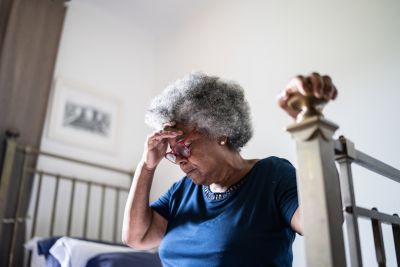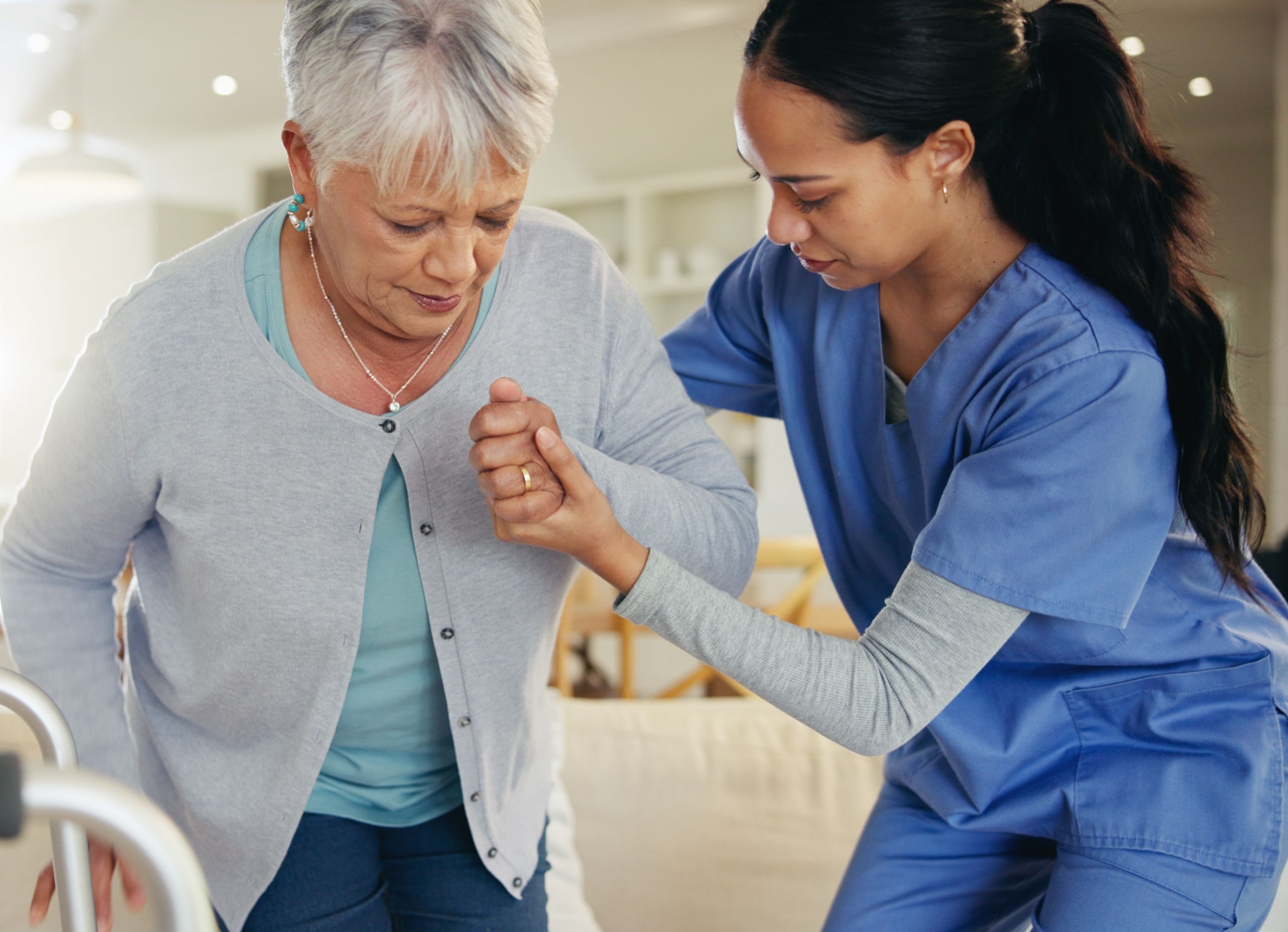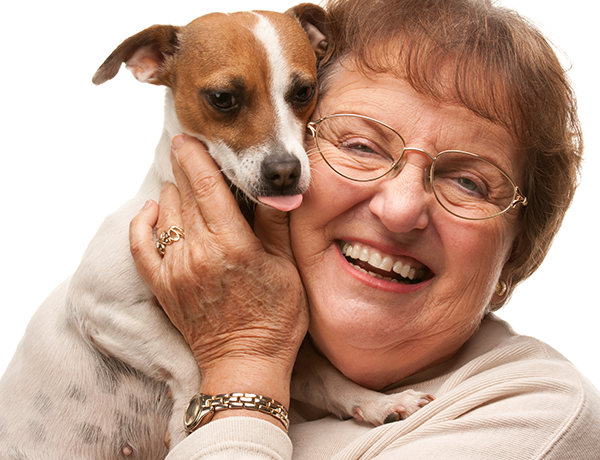When it comes to recovery, there’s no place like home. Physical therapy at home offers a safe, familiar space to regain strength, restore confidence, and stay independent. Working with a skilled physical therapist at home means care is tailored to your daily routines. From improving mobility to preventing falls, home-based physical therapy helps patients make meaningful progress while staying connected to the people and activities they love.
How Does Physical Therapy at Home Work?
A home health physical therapist works one-on-one with patients to improve mobility, strength, and overall daily function. Visits begin with the physical therapist understanding the patient’s needs and daily routines to create a personalized plan that supports their progress. Physical therapists guide patients through targeted exercises, teaching safe movement techniques while offering guidelines on how to continue treatment in between visits. Having a personalized care plan helps patients recover physically while building confidence in their everyday lives.

The Benefits of Physical Therapy at Home
Choosing physical therapy at home offers many advantages that go beyond convenience.
Care in a Familiar Setting
Being at home helps physical therapy patients feel more comfortable and motivated. Physical therapists can use the home environment to make exercises more practical, like practicing utilizing stairs, strengthening balance while standing up from a recliner, or safely getting in and out of bed.
One-On-One Care
Every physical therapy session is focused entirely on the patient. There are no waiting rooms or crowded therapy gyms, allowing you the time and space to learn different techniques to move more freely.
Fewer Hospital Visits
Did you know that one out of ten falls result in an injury that causes older adults to seek medical care? At– home physical therapy can help reduce the risk of falls and hospital readmissions by catching issues early and helping patients regain strength and mobility.
More Independence
Physical therapy can help patients regain strength and mobility to help make daily tasks easier. From moving around the house to spending time with loved ones, physical therapy can help patients feel more independent by giving them the tools they need to move with confidence.
Reasons Patients Receive Physical Therapy at Home
Home health physical therapy supports a wide range of needs, including:
- Post-surgical rehabilitation
- Balance and fall prevention
- Chronic condition support
- Strength and mobility training
- Pain management
Physical Therapy Care Team
Physical therapists are an essential part of our home health care team. They work closely with nurses, occupational therapists, speech-language pathologists, and social workers to ensure that every aspect of a patient’s care is covered. Using a collaborative, team-based approach helps us provide care for the whole person, not just their condition.
How Physical Therapy at Home Supports Recovery
Recovery looks different for everyone, but healing at home allows patients to move at their own pace, in their own space. Physical therapy at home gives patients the tools, confidence, and encouragement they need to keep progress going. Our physical therapists help patients reclaim their independence, confidence, and quality of life. Find out how Residential Home Health can help you with your physical therapy.
I am text block. Click edit button to change this text. Lorem ipsum dolor sit amet, consectetur adipiscing elit. Ut elit tellus, luctus nec ullamcorper mattis, pulvinar dapibus leo.





 For aging adults who live independently, adjusting their home environment for reasons of safety or accessibility can feel like an admission of defeat. However, putting off such improvements exposes aging individuals to greater risk of even more serious injuries — the kind that threaten the very self-sufficiency they are protecting. Rather than ignoring the changing needs and capabilities that often come with age, the best way to preserve independence and continue aging in place is to welcome these alterations as a way to stay safely at home.
For aging adults who live independently, adjusting their home environment for reasons of safety or accessibility can feel like an admission of defeat. However, putting off such improvements exposes aging individuals to greater risk of even more serious injuries — the kind that threaten the very self-sufficiency they are protecting. Rather than ignoring the changing needs and capabilities that often come with age, the best way to preserve independence and continue aging in place is to welcome these alterations as a way to stay safely at home.
 Pet ownership has been shown to have numerous benefits for emotional health and quality of life, especially in seniors. However, having a pet in the household can pose disadvantages and dangers that are also important to consider.
Pet ownership has been shown to have numerous benefits for emotional health and quality of life, especially in seniors. However, having a pet in the household can pose disadvantages and dangers that are also important to consider.